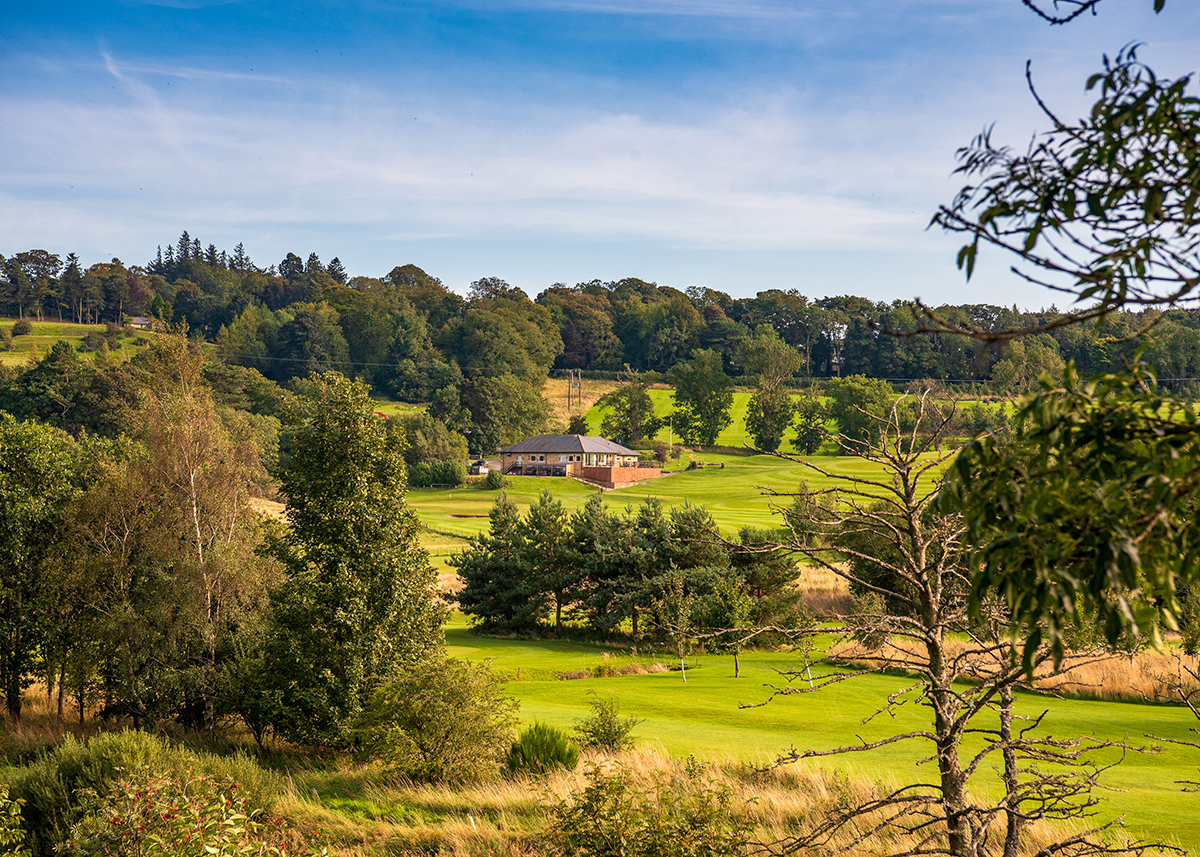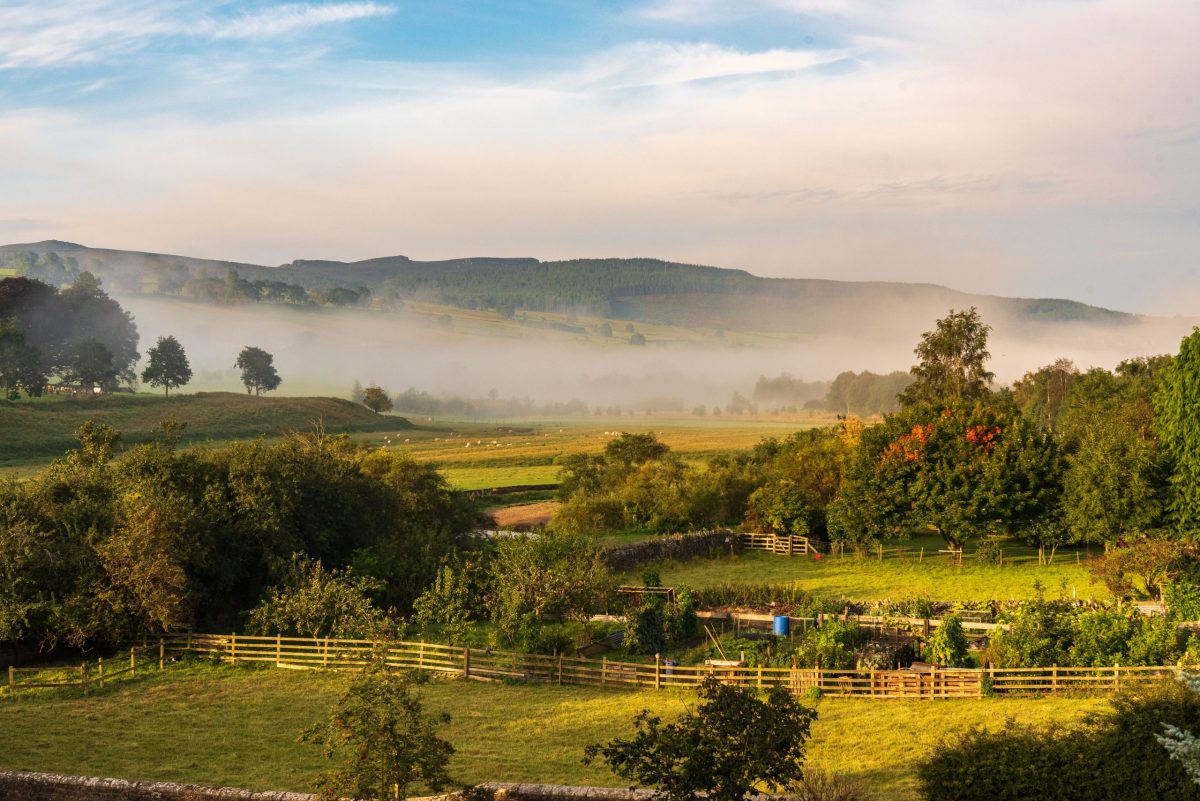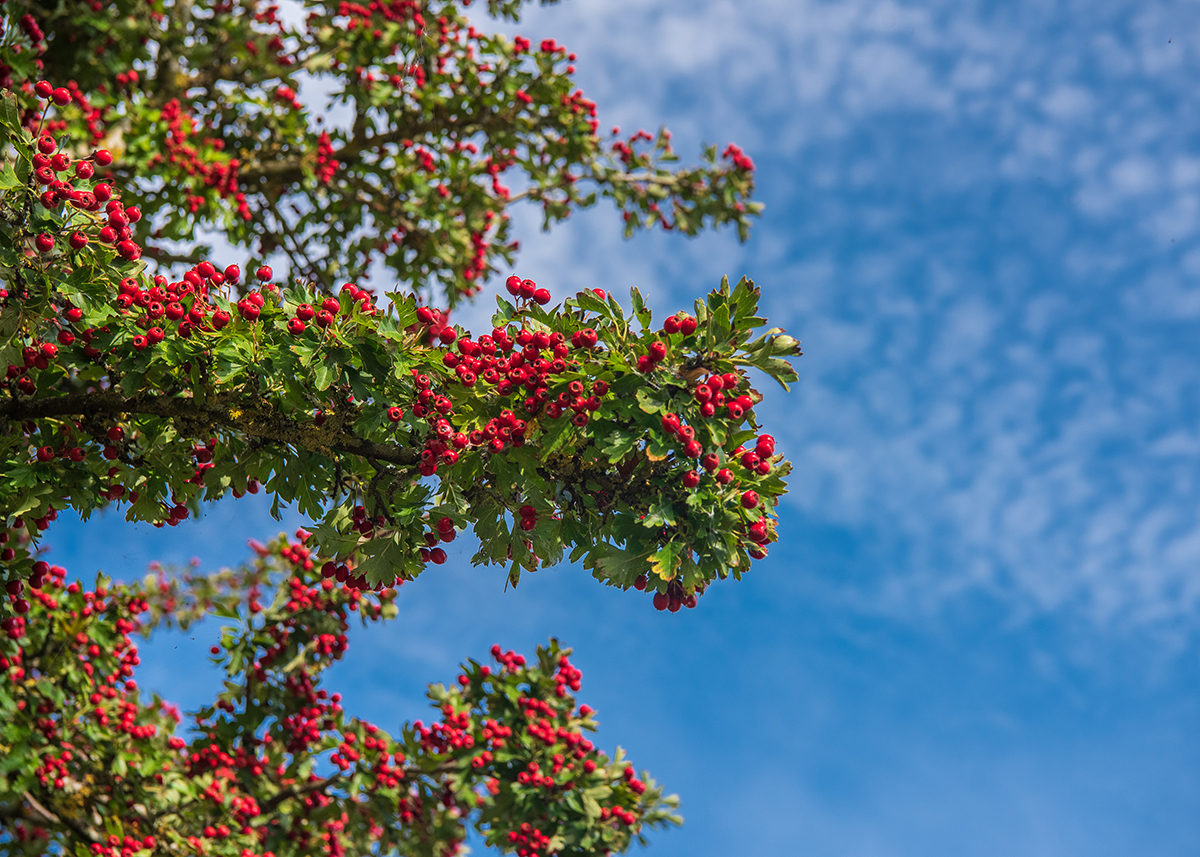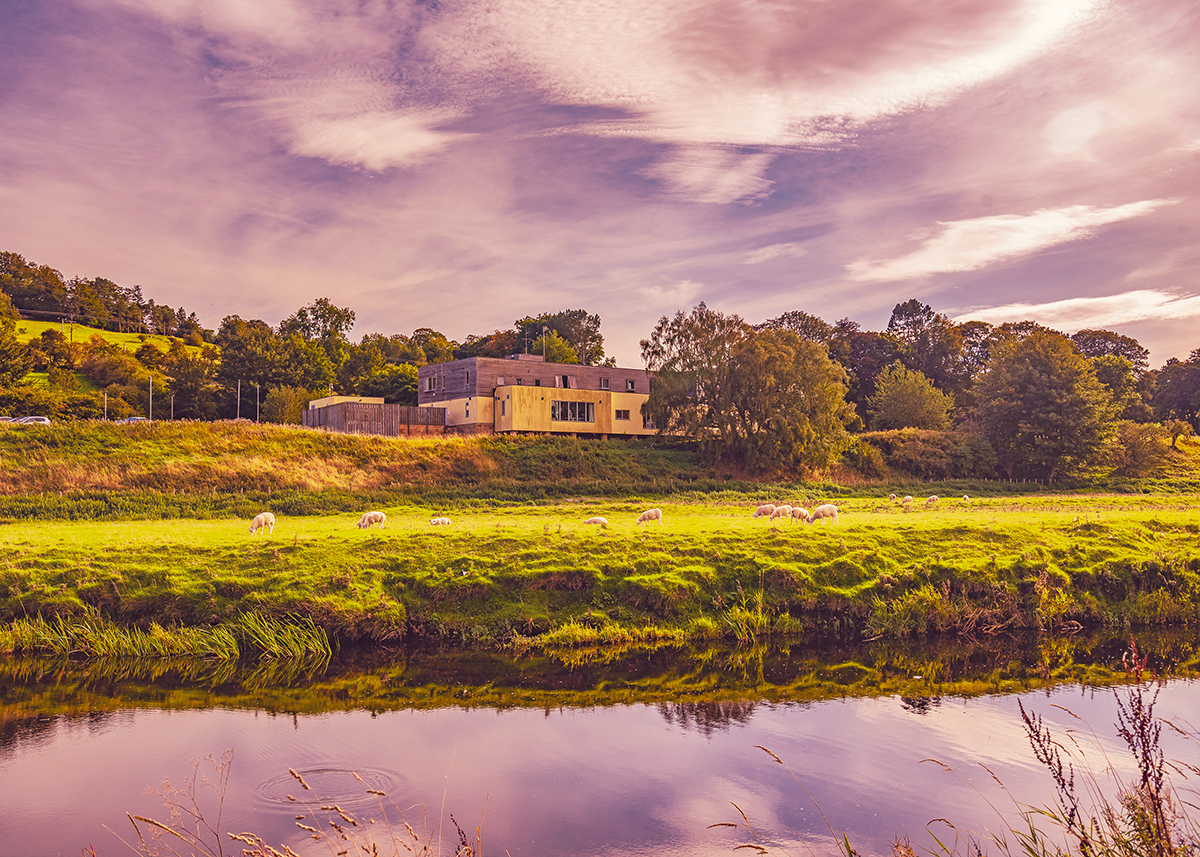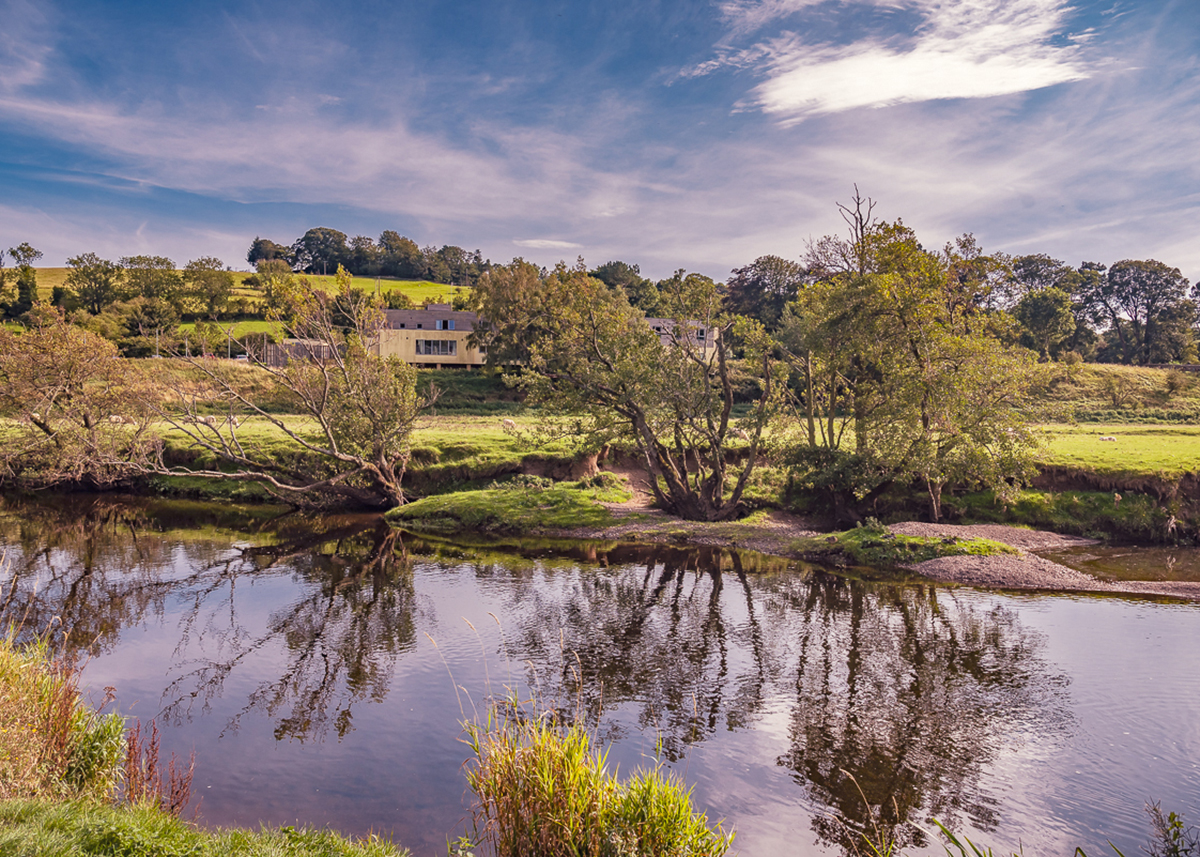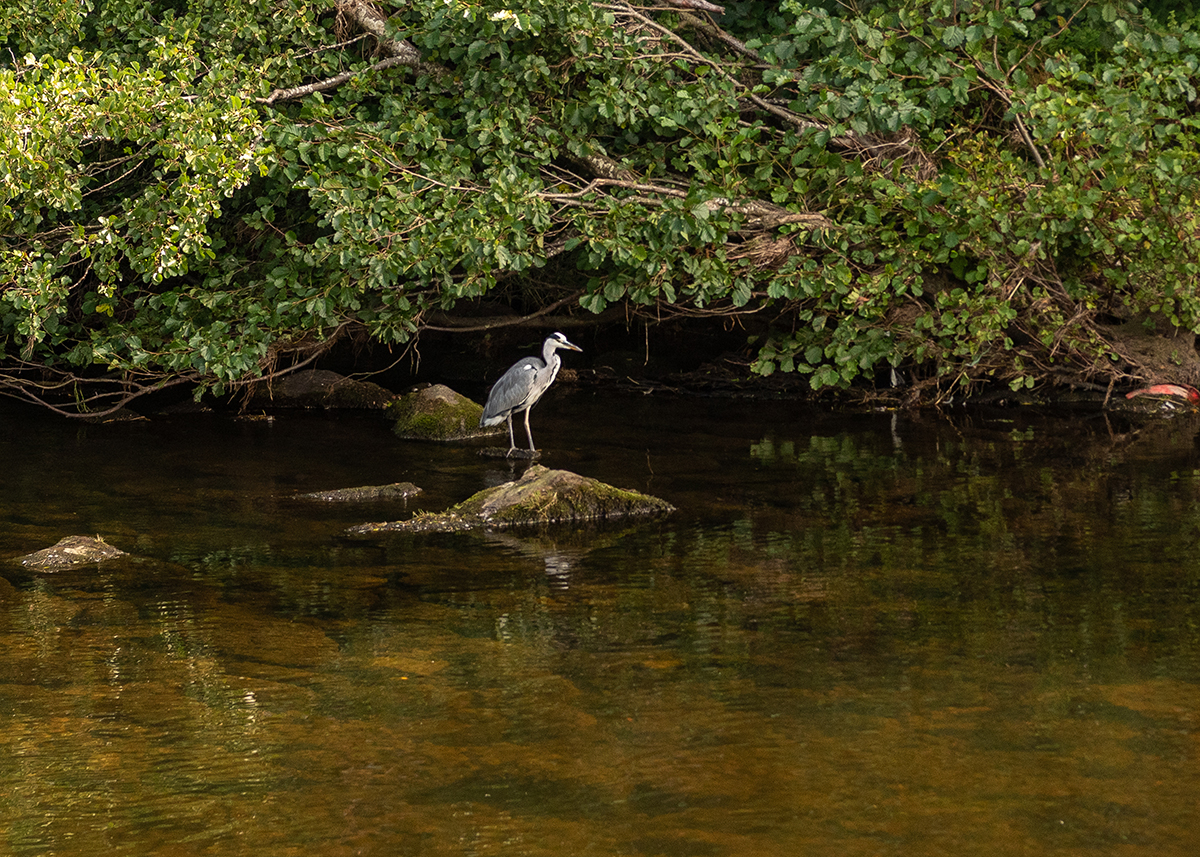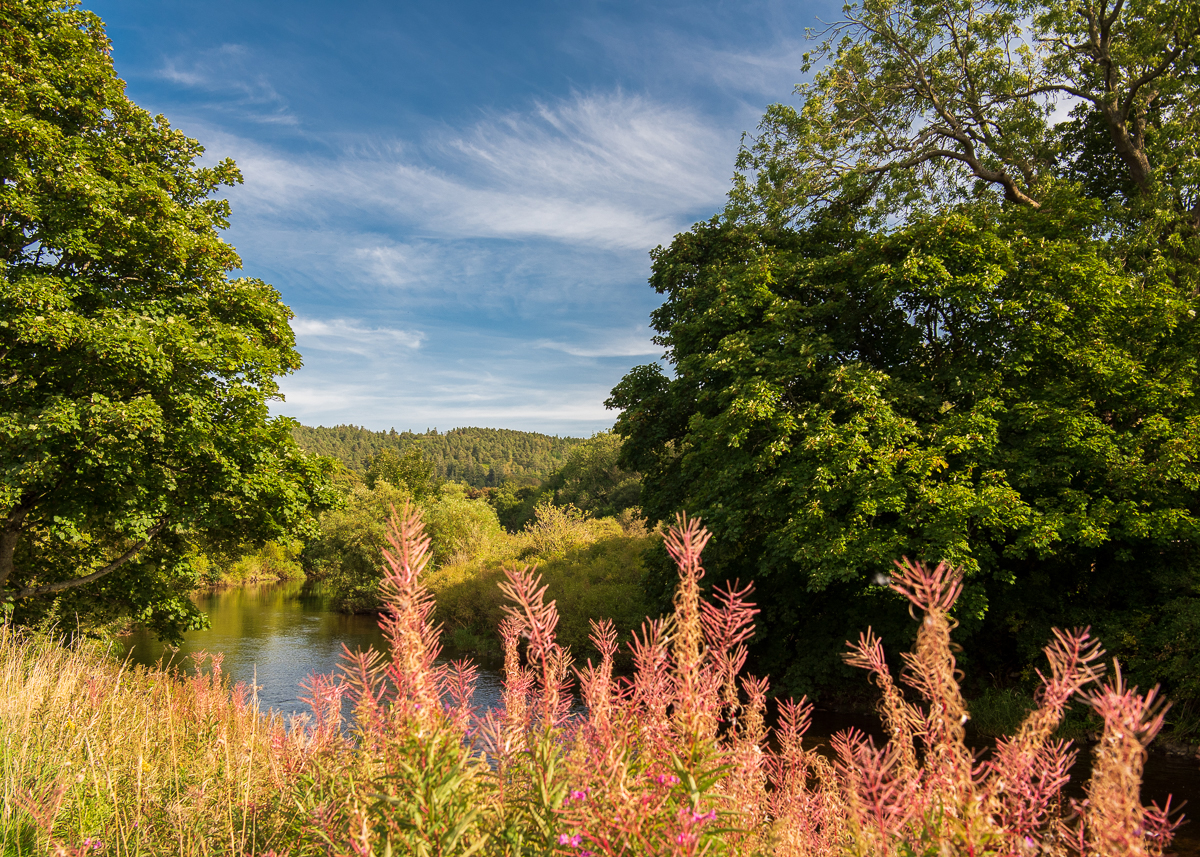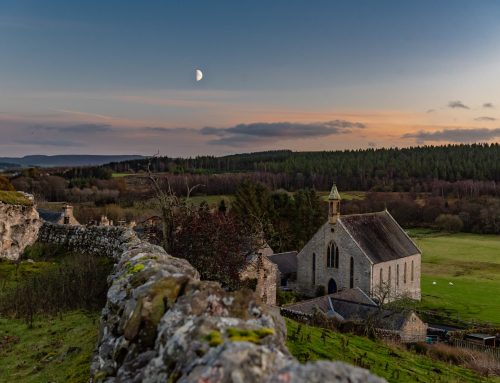To never stop learning. To create beauty, always. Today with a polarising filter.
With more time for landscapes due to delayed wedding photography, top of my birthday list was a good polarising filter. The aim is to balance the deep blue sky with the land and bring out the beautiful patterns and colour of the clouds. With water they help to avoid burning out reflective light and show the lovely patterns of stones and plants and maybe even fish underneath.
Polarisers work by filtering out polarised light. When light reflects of a non-metallic surface (such as water) it becomes partially polarised and a polarising filter can be rotated so that it blocks this polarised light but lets light waves travelling from other planes pass through.
This helps to reduce glare on everything from sweaty faces to waxy leaves and allows the natural colours and details to show through. Similarly, some of the the light from the sky is polarised and filtering out this darkens the sky.
If you stand at around 90o to the sun you usually get the punchiest sky but if you rotate the front ring of the filter you may be able to maximise the intensity of the polarising effect even more.
The last few days have been ideal weather to try it out along the River Coquet in Rothbury. So here are the results below. I can’t wait to get to the beach!

